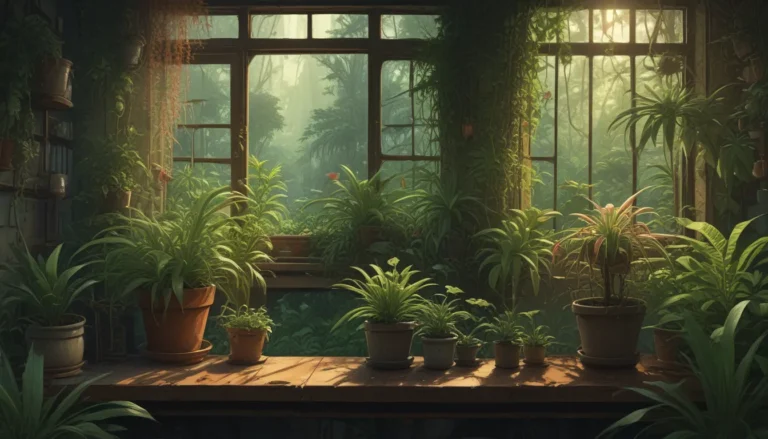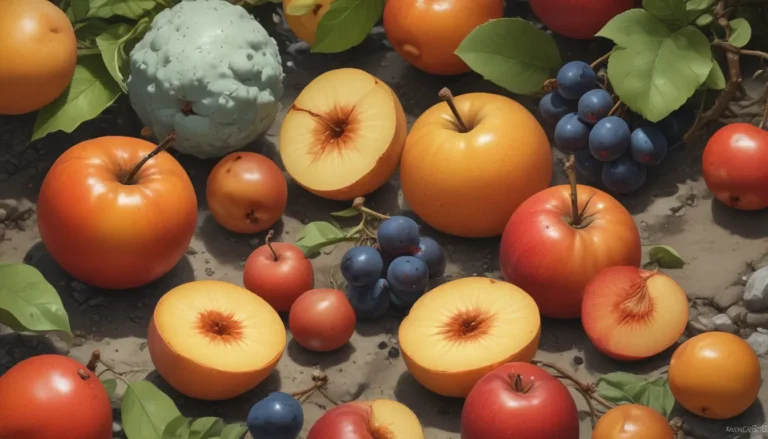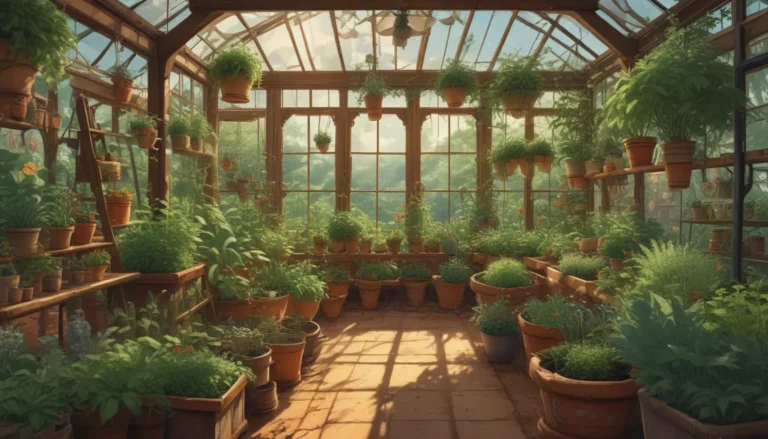The Ultimate Guide to Growing and Caring for Crassula Succulents

Hey there, succulent lovers! Today, we’re diving into the wonderful world of Crassula succulents. These charming plants are not only beautiful but also relatively easy to care for, making them a perfect addition to any home or garden. In this comprehensive guide, we’ll cover everything you need to know about growing and caring for Crassula succulents, so let’s get started!
What are Crassula Succulents?
Crassula is a diverse genus of succulent plants, native to many parts of the world, including South Africa, Australia, and the Mediterranean. These plants are characterized by their thick, fleshy leaves that store water, allowing them to survive in arid environments. Some popular Crassula species include:
- Crassula ovata (Jade Plant)
- Crassula perforata (String of Buttons)
- Crassula muscosa (Watch Chain Plant)
- Crassula rupestris (Rosary Vine)
- Crassula tetragona (Mini Pine Tree)
Ideal Growing Conditions for Crassula Succulents
To ensure your Crassula succulents thrive, it’s essential to provide them with the right growing conditions. Here’s what you need to know:
Light
Most Crassula succulents prefer bright, indirect light. They can tolerate some direct sunlight, but too much can cause their leaves to scorch. If you’re growing your Crassula indoors, place them near a south or east-facing window for optimal light exposure.
Temperature
Crassula succulents are generally hardy and can tolerate a wide range of temperatures. However, they prefer daytime temperatures between 60°F and 75°F (15°C and 24°C) and slightly cooler nighttime temperatures. Most species can handle brief periods of frost, but it’s best to protect them from prolonged exposure to cold.
Soil and Drainage
Well-draining soil is crucial for Crassula succulents, as they are prone to root rot if their roots sit in water for too long. A good succulent potting mix should contain ingredients like perlite, pumice, or coarse sand to improve drainage. You can also create your own mix by combining equal parts potting soil, coarse sand, and perlite or pumice.
Watering
Crassula succulents are drought-tolerant and prefer to be watered deeply but infrequently. Allow the soil to dry out completely between watering, then water thoroughly until the water drains from the bottom of the pot. During the winter months, reduce watering frequency, as the plants are typically dormant and require less moisture.
Propagating Crassula Succulents
One of the joys of growing Crassula succulents is how easy they are to propagate. There are two main methods for propagating these plants:
Leaf Propagation
- Gently remove a healthy leaf from the stem, ensuring you get the entire leaf, including the base where it attaches to the stem.
- Allow the leaf to callus over for a few days in a warm, dry place.
- Place the leaf on top of well-draining succulent soil and mist it lightly.
- Keep the soil slightly moist and wait for the leaf to root and produce a new plant, which can take several weeks.
Stem Propagation
- Using a clean, sharp knife or scissors, cut a stem from the parent plant, ensuring it has at least 2-3 leaves.
- Allow the cutting to callus over for a few days in a warm, dry place.
- Plant the cutting in well-draining succulent soil, burying about an inch of the stem.
- Water the soil lightly and place the cutting in bright, indirect light.
- Keep the soil slightly moist and wait for the cutting to root and produce new growth.
Common Problems and Solutions
While Crassula succulents are generally low-maintenance, they can occasionally experience some issues. Here are a few common problems and their solutions:
Stretched or Leggy Growth (Etiolation)
If your Crassula is growing tall and spindly with large spaces between leaves, it’s likely not getting enough light. Move the plant to a brighter location, and consider pruning the stretched growth to encourage a more compact shape.
Yellowing or Dropping Leaves
Yellowing or dropping leaves can indicate overwatering or poor drainage. Ensure your Crassula is planted in well-draining soil and that you’re allowing the soil to dry out between watering. If the problem persists, check for root rot and repot the plant if necessary.
Pests
Common pests that can affect Crassula succulents include mealybugs, scale insects, and spider mites. If you notice any pests on your plant, isolate it from other plants and treat it with a natural insecticide like neem oil or insecticidal soap.
Creative Ways to Display Crassula Succulents
Crassula succulents are versatile plants that can be displayed in various ways to enhance your home or garden. Here are a few creative ideas:
- Create a succulent terrarium using a glass container, well-draining soil, and a mix of Crassula species.
- Plant a Crassula in a hanging basket to showcase trailing varieties like the Rosary Vine.
- Use Crassula succulents as part of a living wall or vertical garden.
- Arrange a variety of Crassula species in a shallow dish or tray to create a miniature succulent garden.
- Incorporate Crassula plants into your outdoor landscaping, using them as groundcover or in rock gardens.
Conclusion
Crassula succulents are a delightful addition to any plant collection, offering a wide range of shapes, sizes, and colors. By providing them with the right growing conditions, propagating them when desired, and addressing any issues promptly, you’ll be able to enjoy these beautiful plants for years to come. So go ahead and explore the wonderful world of Crassula succulents – your home and garden will thank you!





